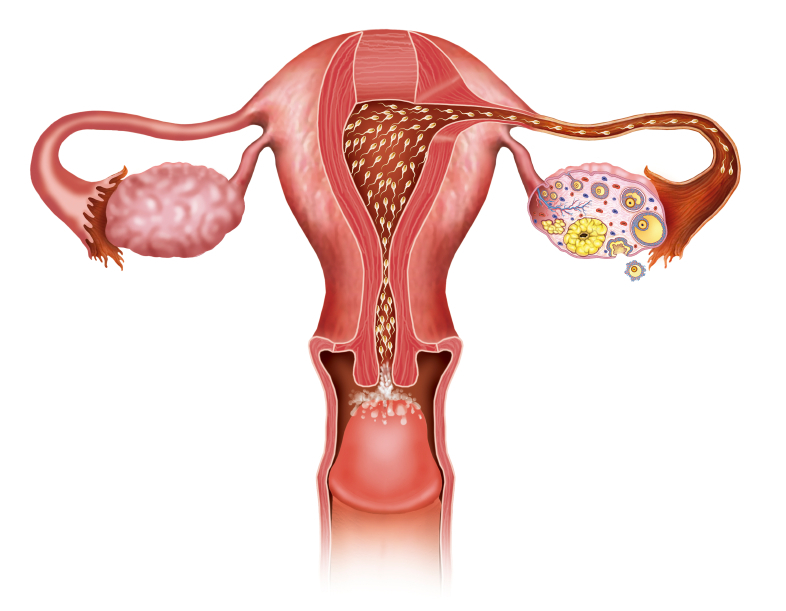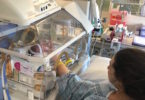How will this surgery affect you? Find out here…
Menstruation is a part of life for all women. It’s uncomfortable, annoying, and often downright painful, but there’s nothing to do but grin and bear it every month.
But what happens when things start to go wrong? A surprising number of women suffer from excessive or abnormal bleeding during menstruation, or they continue to bleed throughout the rest of their cycle. When that happens, doctors may recommend endometrial or uterine ablation.
What is Uterine Ablation?
Uterine (or endometrial) ablation is a medical procedure that destroys the endometrium, also known as the uterine lining. The surgery is performed using a laser beam, radiofrequency, heated saline, electricity, microwaves, or freezing.
Simply put, the surgery “destroys” the uterine lining, forcing your body to heal it by forming new scar tissue. This prevents or reduces the amount of bleeding.
The good news is that it’s a simple procedure–an outpatient one, usually requiring no more than 45 minutes.
Who is it done for?
- Women who have abnormal or excessive bleeding that has not responded to other types of treatments
- Women who have suffered from complications in previous pregnancies and childbirth
- Women who would prefer to NOT undergo a hysterectomy (removal of the uterus) to control the bleeding
- Women who have medical problems that prevent them from getting a hysterectomy

READ MORE: Because Your Period Shouldn’t Have Glitter In It
What are the Symptoms of Uterine Ablation?
When you undergo the endometrial or uterine ablation, there are a few symptoms you can expect:
- Cramping — This is common when the uterine lining is damaged, but the cramps should fade away after a few days.
- Nausea –– This may be the side effect of the anesthesia, or it could be your body reacting to the medication you are taking to prevent infections and promote healing.
- Vaginal discharge –– Your uterus is trying to heal itself, but leaking fluid is part of the healing process. The fluid may be slightly watery, often with a bit of blood mixed in. After a few days, the discharge should be completely clear–with no sign of blood. (If there is blood after 3 or 4 days, it may be a sign that something is wrong.) The vaginal discharge will last for up to 2 weeks.
These are the normal after-effects of the surgery/treatment, and nothing to be concerned about. They’re just a sign that your body is healing.
Your body needs a week or two to properly recover from the surgery completely, but most people will go home on the same day of the surgery. For the next week or so following the ablation, it’s important that you take it easy and rest well.
There are a few risks and complications that come from getting the surgery:
- Perforation of the uterus
- Buildup of fluid in the lungs
- Burns to the surface of the bowel or the uterus
- Tearing open of the uterus (also known as a cervical laceration)
These risks and complications aren’t common, but it’s important that you are prepared for them, just in case.
The purpose of the surgery is to deal with your bleeding problems, helping to restore your body to full health. By the time you walk out of the hospital, your body will have begun the healing process. Within a few days, you can be up and moving around–though not excessively. Your doctor may allow you to engage in moderate physical activity within a week or two, and you can be back on your feet and back to normal life within a few weeks!








